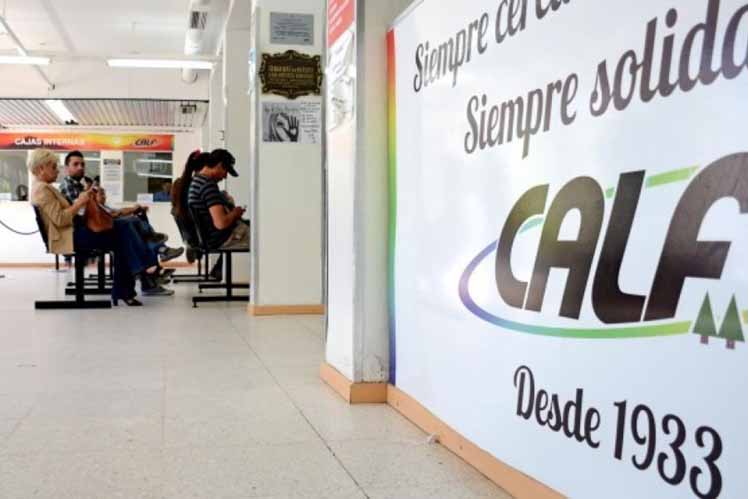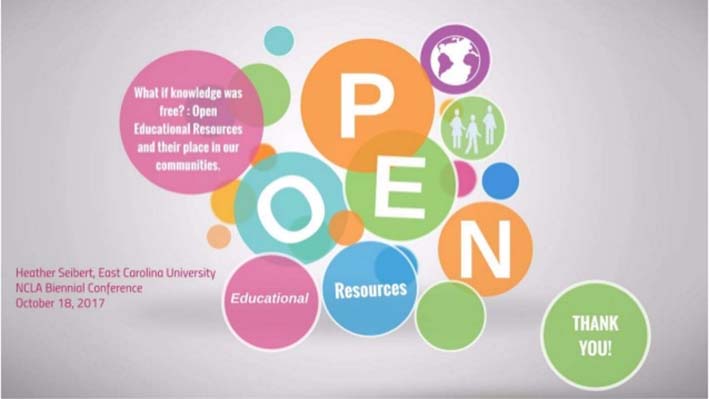A National Need
A recent institute on open educational resources convened by the Scholarly Publishing and Academic Resources Coalition observed that academic libraries have a growing opportunity to offer solutions to the exorbitant costs of college textbooks.
A national survey of college students by the Nebraska Book Company concluded that students worry more about textbook costs than about the cost of tuition. At a typical private, four-year, liberal arts college in northern New Jersey, the average cost of the required textbooks in four first-year courses (biology, art history, accounting and sociology) totals $273, while a College Board survey concluded that students often spend as much as $1,204 for textbooks and supplies for the academic year. The average art history textbook costs $152. A student PIRG survey found that 65% of students simply do not purchase the course text and that, of those, 94% worry that the decision will affect their academic performance.[1]
As a result, students turn to academic libraries, where budget constraints and the rapid publication rate of new editions often preclude the purchase of current course textbooks. Nevertheless, in a survey of 118 college and university libraries, one quarter of respondents reported the traditional practice of not being involved at all in textbook acquisitions.[2] In turn, students attempt to rely on interlibrary loan, which either by policy or demand is an unsustainable solution. A Library Journal survey reports that about 60% of students who use library resources for assigned reading do so to save money on textbooks.[3]
Power to the People (i. e., the Authors)
How can academic institutions and their libraries address this need in their efforts to help students succeed? In several states, open education resources (OER) are part of a textbook revolution: faculty members create textbooks that are free and that can be edited and revised freely.
In 2009, MIT faculty were the first to adopt an open-access policy, awarding faculty the right to share their scholarly production openly and without the commercial intervention of publishers. Available in formats such as PDF and EPUB, textbooks produced as OER can also be bound and sold at nominal cost at college bookstores if there is a groundswell of demand for print versions. All this results from the premise that knowledge and expertise are community resources, their production having been supported by institutions of higher learning for centuries. OER embrace the premise that academic knowledge and expertise in the classroom is no longer property to be guarded, re-packaged and sold by commercial publishers for profit.
But books, even if their content is uncopyrighted, do not write themselves, nor does their content appear magically. Which conditions foster the textbook revolution? Several factors need to be in place for this critical innovation to launch: institutional awareness about the need to adopt this type of resource and about the benefits of OER; financial incentives or professional development funds to potential authors; and willing partners.
In this last regard, academic libraries, as centers of content, preservation, and teaching, may take on a pivotal role in OER efforts.[4]
Typically, authors share their instructional materials as OER by selecting a Creative Commons license, which renders the work free to use. Authors can still retain copyright when they license their work with Creative Commons.[5] Although progress has been made in large publicly supported institutions (e.g., University of Massachusetts Amherst, University of Minnesota), smaller institutions may need to adopt a more incremental, grassroots approach.[6]
Digital Alternatives
Another solution to the problem of textbook affordability is digital alternatives, such as e-books and other electronic materials, resources already owned or licensed by academic libraries. In collaboration with faculty members, librarians can employ their knowledge and subject specialties to curate digital alternatives for students. Since nearly all periodical literature and a growing amount of monographic material are acquired in electronic format, this solution not only features simultaneous access but also offers the benefit of a multiplicity of voices and diversity of perspectives not possible with a single textbook. As a result, faculty members can “flip” their courses from requiring costly commercial textbooks to using subscription resources (periodical literature, electronic reference sources and relevant chapters from electronic books) commonly made available via the academic libraries of those institutions through consortial agreements.
Conclusion
Academic libraries are not only aggregators of information and knowledge. When they are at the center of OER initiatives and digital alternatives, academic libraries can also catalyze the creation and curation of new instructional materials to be shared globally and thus revolutionize student learning.



